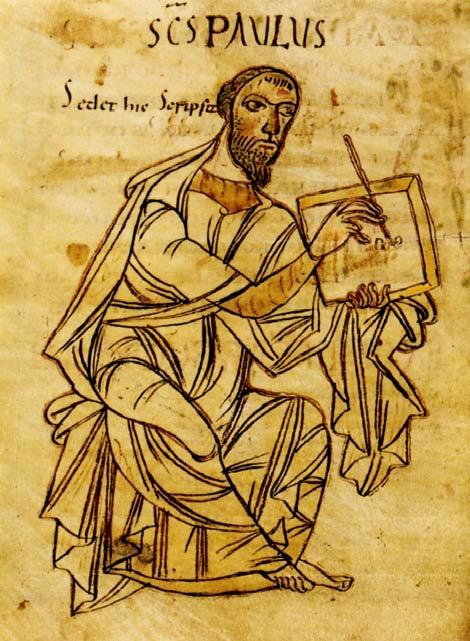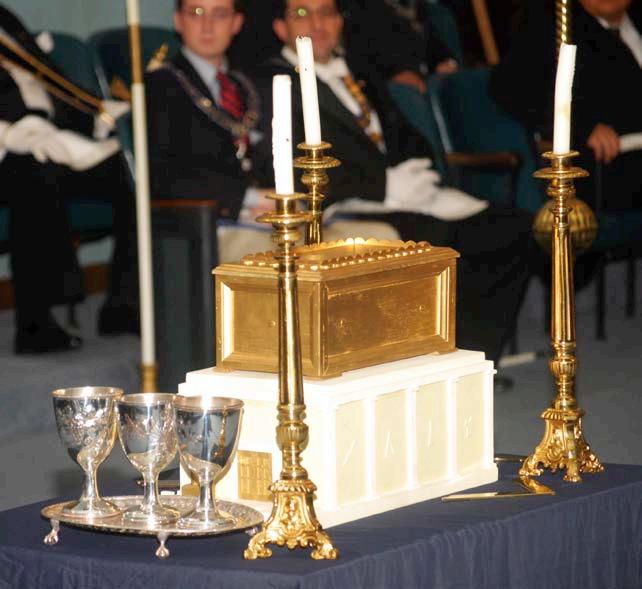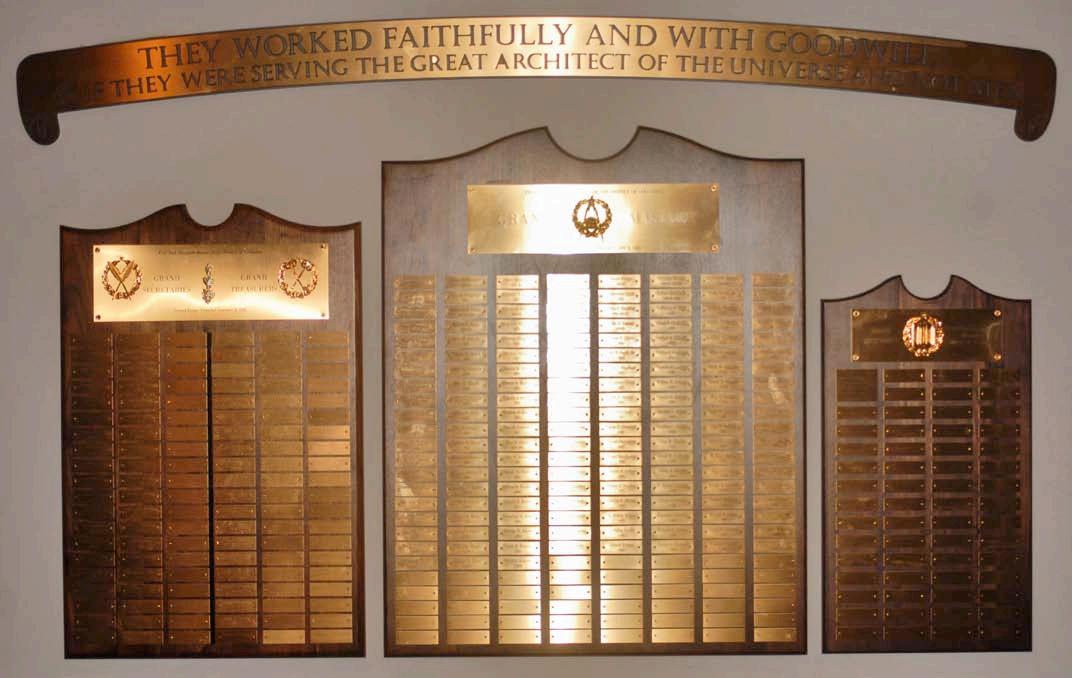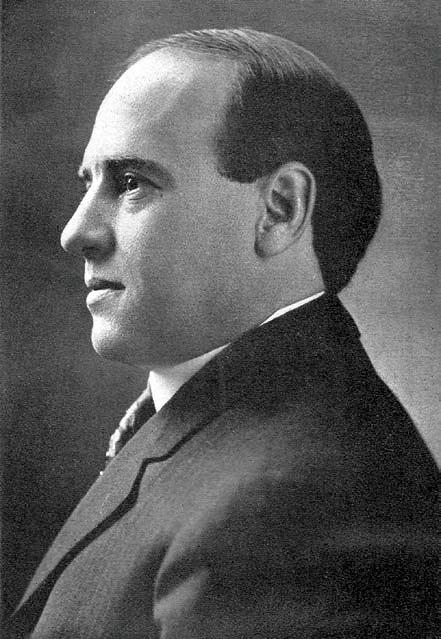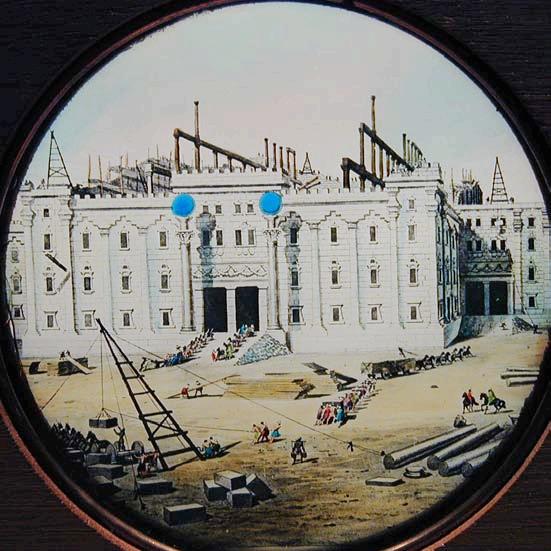
5 minute read
The Book of Constitutions
The Book of
Constitutions
Jordan T. Yelinek, PM Magnolia Lodge No. 53
Upon the installation of a Brother into the ster, and later were revised for the creation of the Oriental Chair, there are a number of presenGrand Lodge of England. In 1734 Benjamin Franklin tations made to him, among which is the Book edited and reprinted the book, making it the first of Constitutions, a document that he is admonished Masonic publication in America. to “search at all times [and] cause it to be read in… Lodge, that none may pretend ignorance of the excellent precepts it enjoins.” The book of constitutions is a common symbol to the fraternity, particularly when guarded by the Tiler’s sword, reminding us to be watchful and guarded in our actions. The final section of the Ancient Constitutions is the most explicit, delineating the deportment of brethren. Here we are taught that while within the Lodge, to maintain high standards for ourselves, we are not to talk of anything impertinent or unseemly, and certainly without the leave of the Master. When the business Within the Masonic of the Lodge has Code of the Disbeen concluded trict of Columbia, the brethren are we find a section to hold civil discusthat refers to the sions, but to avoid Ancient Constiquarrels about relitutions, which gion, or nations, or states that they state policy. are “to be read at the making of new Brethren, or when the Master shall order it.” It also provides guidance to the brethren for the rule and governance of the Craft, spanning the breadth of topics from God and Religion, Civil Magistrates, Lodge, Master and Warden, Management of the Craft, and suggestions to regulate of a brother’s behavior, while in the Lodge and while When together as brethren away from the Lodge, and in the presence of strangers, we are taught to be cautious in our words and actions, being particularly attentive never to let fall the least sign, token, or word whereby the secrets of Freemasonry may be unlawfully obtained. The frontispiece ofAnderson’s Constitutions (1723) abroad in the world. The closing clause recommends the cultivation of These Ancient Constitutions, sometimes called the Anderson Constitutions, named so for their publisher, Rev. James Anderson, were first collected in 1723 for the Grand Lodge of London and Westminbrotherly love as “the foundation and capstone, the cement and glory of this ancient fraternity.” It forbids slander and enjoins defense of the character of an honest brother. Ultimately, the Ancient Constitutions
instruct us to never hinder brotherly love, “that all may see the benign influence of Masonry as all true Masons have done from the beginning of the World and will do to the end of time.”
Nearly two-thirds of American Grand Lodge’s books of law and regulation present these Ancient Constitutions in near verbatim form, yet only once when asked could a brother recall a mention of these Ancient Constitutions within his Lodge room, and to that end it was a brief referGrand Secretary’s Message continued from page 8 of that day may far exceed its reasonable prophecy in this.” The Menu consisted of Cape Cod Oysters, Potomac Bass, Filet of Beef, with a variety of fresh and sautéed vegetables, Ruddy Duck and Wild Rice, Salad a la Taft, Ices a la Murphy, Assorted Cakes, Coffee, Martini Cocktails, Champaign, Cigarettes and Cigars, interspersed by toasts, musical selections by Centennial Quartet, and remarks by the Grand Master, a number of visiting Grand Masters as well as William Howard Taft, the President of the United States. Brother Taft in his remarks to the brethren and guests assembled said in part: “I feel as if I had been exalted this evening, for I have not been a Past Master of any Lodge, and I have no right to be here. It has been a great pleasure to me, since I have been in Masonry, to attend Lodges and note the wonderful power for continued from page 14 In his Letter to the Ephesians, Paul wrote, “and walk in love, just as Christ also loved you…” In a Letter by John the Evangelist, John wrote, “that which we have had from the beginning, that we love one another. And this is charity, that we walk according to his commandments.” We, as Free and Accepted Masons are called to become superior men, in the Confucian sense; to be unified in love, and commanded by Allah, to ence. We are the oldest and largest
The Book of Constitutions guarded by the Tiler’s sword
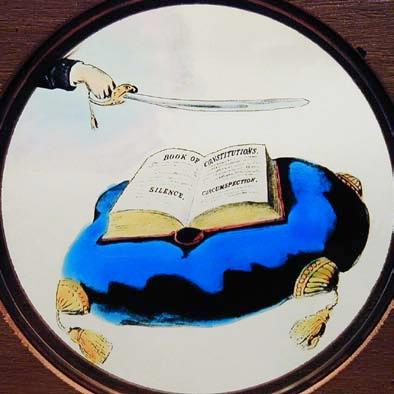
fraternity in the world today because our lessons still have relevance to the world, and in these Ancient Constitutions are the living lessons of our Craft, providing direction to us from the brethren who came this way before us and through us to those brethren who will serve long after we have returned to the dust from which we came. Guard well these treasures, study them earnestly, but hold them not so closely that they will be
lost from a lack of use and study. n the preservation of inspiring traditions that the perpetual life ofa Lodge furnishes. It is a great pleasure to be permitted to take part in the meeting of the Grand Lodge and the Centenary of the Grand Lodge of the District of Columbia, after a hundred years of preservation and the maintenance of the principles of highest morality and religion, sweetened by the brotherhood that no one knows until he has participated in the proceedings ofa Masonic Lodge.” At the conclusion of the banquet, the three-day ceremonies to commemorate the one hundredth anniversary of the existence of the Grand Lodge of the District of Columbia was officially closed with much gratitude and deep sense of thankfulness to the Divine care and protection encompassing the frater

And the Greatest of These is Charity
nity in our nation’s capital. n act righteously for its own sake without thought of reward or punishment, as Krishna taught Arjunna on the climactic field, and to humbly imitate our brother, Jesus, even when it is inconvenient or dangerous. To be, as Buggsy taught, gentlemen, in the best sense of the word.
And now abideth faith, hope, charity, these three; but the greatest of these is charity.” n

